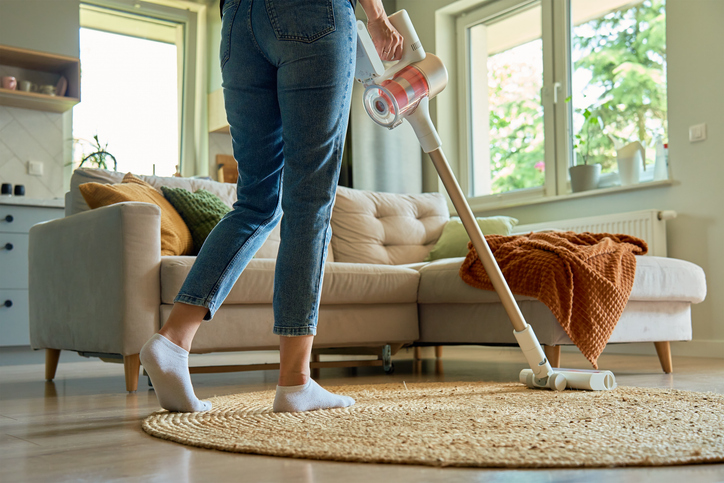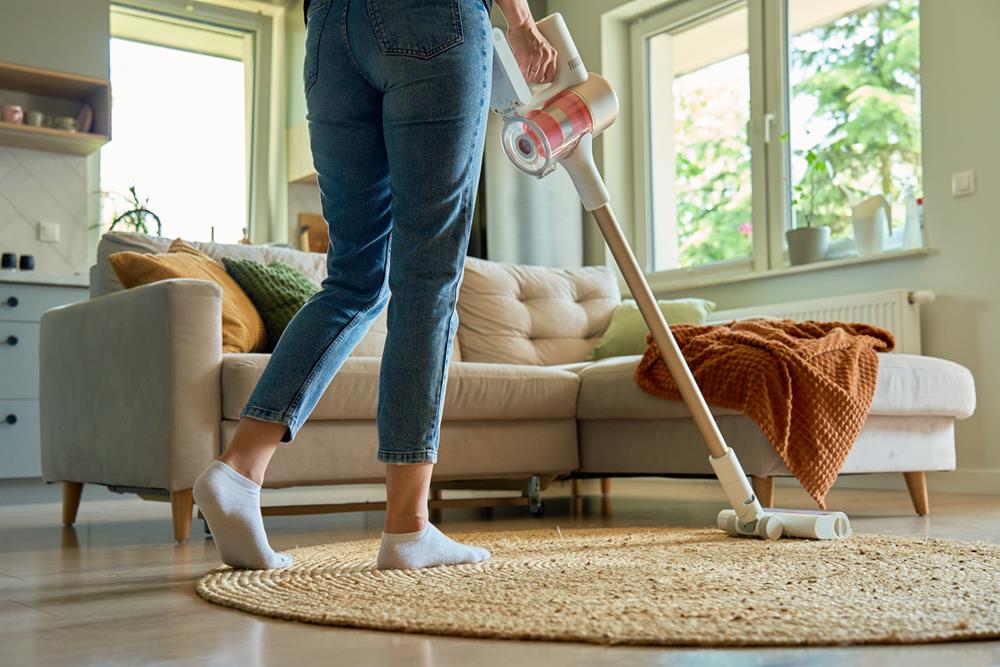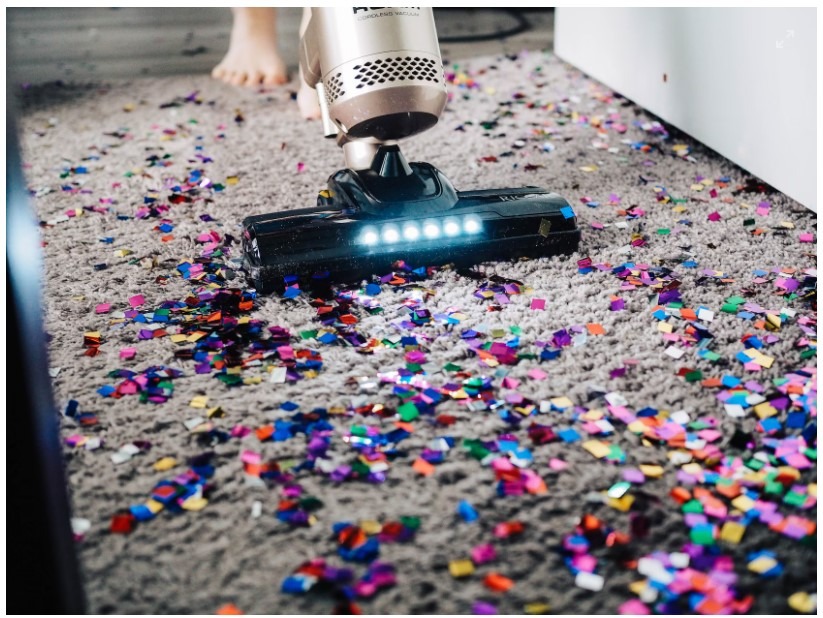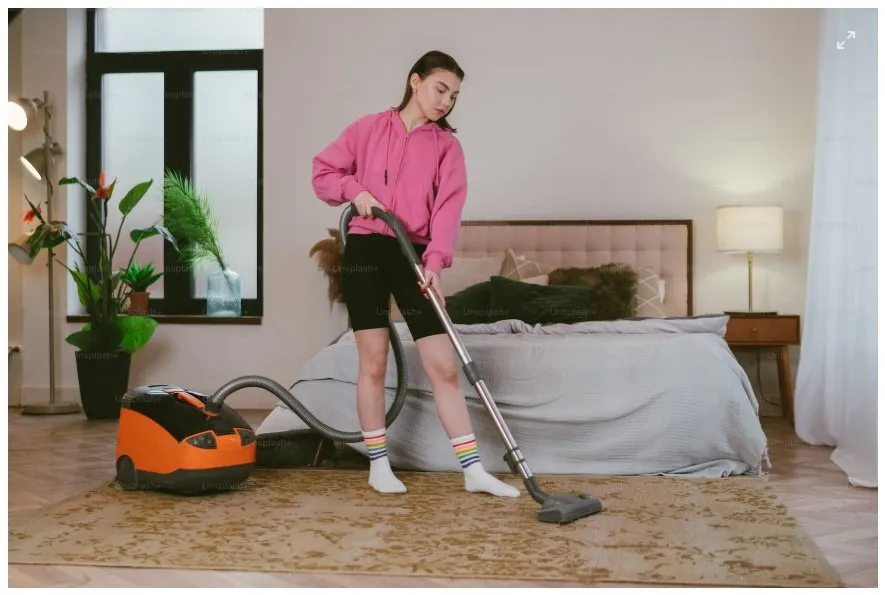How to Vacuum and Maintain Outdoor Rugs After Picnics

Your outdoor rug just survived another picnic, but now it’s covered in crumbs, dust, and grass. You’ll need more than a quick shake to restore it properly. Because outdoor rugs are exposed to pollen, food debris, and changing weather, cleaning them with the right vacuuming method is essential to prevent mold, odor buildup, and fiber wear. A few smart vacuuming habits can extend your rug’s life and keep your outdoor spaces looking fresh all season.
Why Outdoor Rugs Need More Than a Shake-Off
Outdoor rugs trap more than visible dirt—they collect fine dust, pollen, and moisture that can weaken their backing over time. Simply shaking them doesn’t remove embedded grit that grinds against the fibers. Vacuuming lifts these particles efficiently, especially when followed by light washing and air drying. After picnics, it’s even more important since crumbs and food oils can attract pests or create stains if left untreated. If your rug is used frequently in shaded or humid areas, regular vacuuming helps prevent mildew growth by improving airflow through the fibers. Always make sure the rug is completely dry before putting it away or rolling it up for storage.
Preparing the Rug Before Vacuuming
View this post on Instagram
Before turning on your vacuum, take a few minutes to prepare your rug properly. Hang it over a sturdy railing or clothesline and beat it gently with a broom handle to dislodge loose dirt and grass. Remove larger debris like leaves, sticks, and food bits by hand—this keeps your vacuum from clogging. Move the rug to a clean, flat surface such as a driveway or patio. For stubborn picnic stains, spot-treat them with a mix of mild detergent and water. Avoid harsh bleach-based cleaners that can discolor fibers or damage UV protection. Allow the rug to dry briefly before vacuuming to avoid suctioning wet material into the machine.
Choosing the Right Vacuum for Outdoor Rugs
View this post on Instagram
Select a vacuum suited for heavy-duty fibers. Shop vacuums or standard models with adjustable height and brush roll control work best. For thick rugs, use a higher pile setting and strong suction; for woven or synthetic flatweaves, use a gentler setting to avoid fraying. Always check the manufacturer’s label before cleaning—some outdoor rugs with rubber or latex backing shouldn’t be used with rotating brushes. HEPA-filter vacuums are great for capturing pollen and fine dust, especially if you use your rug on grass or near trees.
Step-by-Step Vacuuming Method
- Start slow. Move the vacuum in overlapping passes, applying steady pressure to lift dirt without pulling the rug’s edges.
- Flip and repeat. Vacuum both sides of the rug to remove trapped debris and improve air circulation.
- Use attachments. Crevice tools or upholstery brushes can help clean seams and textured patterns.
- Finish strong. Once you’ve vacuumed both sides, gently shake the rug again and hang it to air out before rolling or storing.
If the rug was placed on damp grass, consider using a wet/dry vacuum to remove any residual moisture before letting it dry in the sun.
Deep Cleaning and Maintenance Between Vacuums
For monthly maintenance, rinse your rug with a garden hose and mild soap solution, then scrub lightly with a soft brush. Avoid pressure washers, which can strip protective coatings and fray edges. Allow your rug to dry completely in sunlight before bringing it indoors or storing it. You can extend longevity by using a rug pad under your outdoor rug—this prevents sliding, improves air circulation, and reduces wear from friction on hard surfaces. Storing it in a ventilated area during heavy rain or winter months will further preserve its color and integrity.
When to Replace or Refresh
Even well-maintained rugs eventually show signs of aging—faded color, fraying edges, or persistent odor despite cleaning. Replace your rug once the fibers lose structure or backing begins to peel. For eco-friendly disposal, check if your local recycling center accepts polypropylene or PET-based rugs. When replacing, consider rugs labeled mold-resistant, UV-protected, or recyclable, as these options handle outdoor exposure better and are easier to maintain with light vacuuming.




